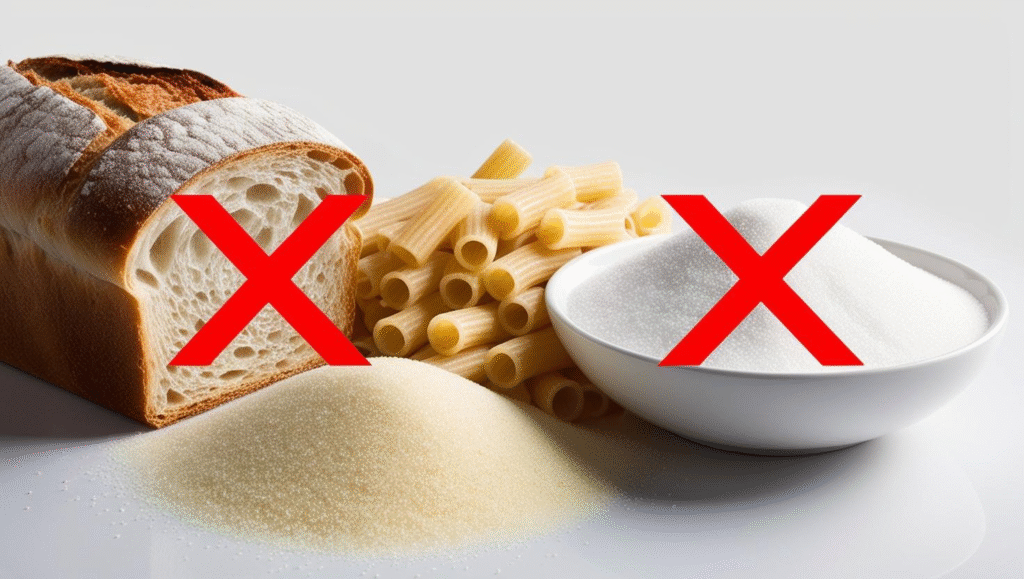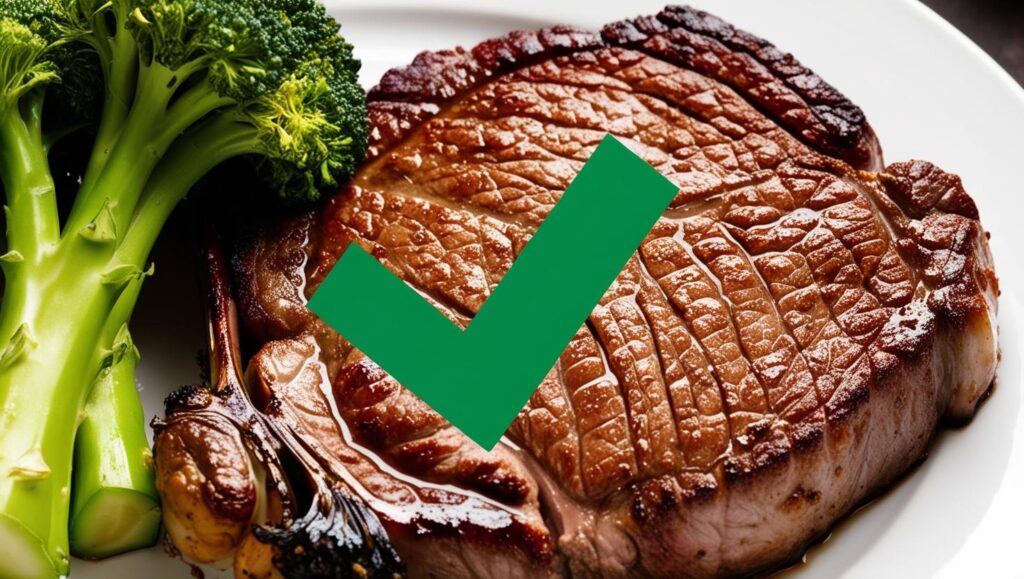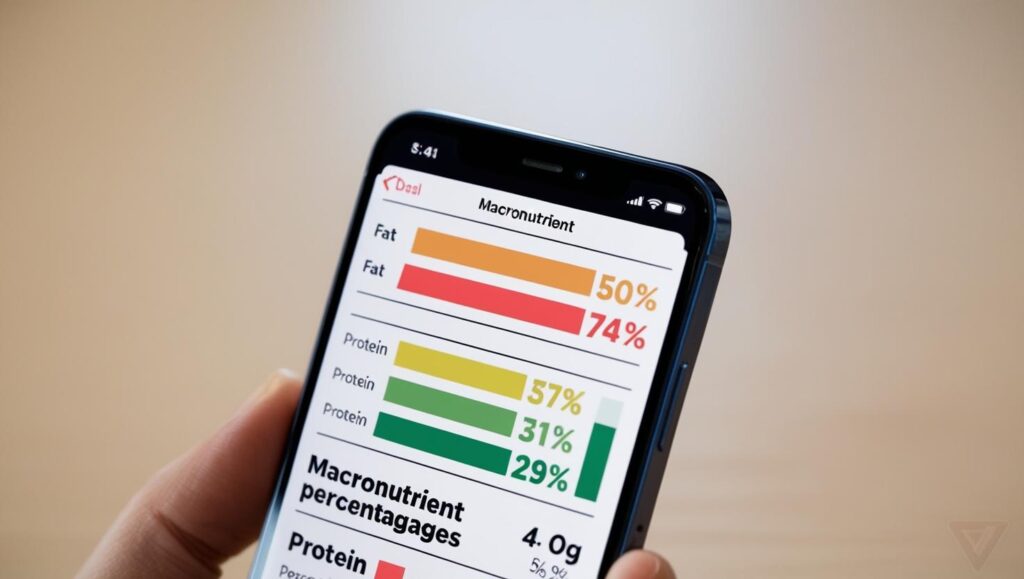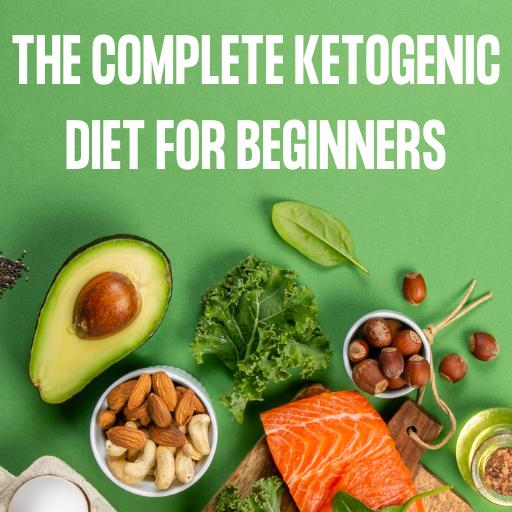Welcome! After extensive research and embarking on my own keto journey, I’ve distilled the core principles that drive success with this powerful high-fat, low-carb lifestyle. The keto diet isn’t just a trend, it’s a powerful way to transform your health, boost energy, and shed unwanted pounds. But to succeed, you need to follow its core principles. Today, I’m sharing the 9 essential rules of the keto diet that are guiding me to success, along with practical tips to help you thrive. Whether
Rule 1: Slash Your Carb Intake
The cornerstone of keto is keeping carbs very low, typically 20-50 grams per day, or about 5–10% of your daily calories. This forces your body into ketosis, where it burns fat for fuel instead of glucose. Do away with bread, pasta, rice, and sugary treats, and start to include low-carb veggies and keto-friendly swaps.


How to Do It: Focus on non-starchy vegetables like spinach, kale, broccoli, and zucchini. Use cauliflower rice instead of grains and zucchini noodles for pasta. Track your carbs with an app like Cronometer or MyFitnessPal to stay under your limit.
Rule 2: Embrace Healthy Fats
Fats are your new best friend, making up 60–80% of your daily calories. They keep you full, fuel ketosis, and make meals delicious. Think avocados, olive oil, coconut oil, butter, and fatty cuts of meat. Try to choose organic whenever possible. Grass-fed/finished beef, free-range/pasture-raised chicken & eggs are best.


How to Do It: Start your day with bulletproof coffee (coffee blended with MCT oil and butter). Snack on macadamia nuts or avocado slices. Cook with olive oil or ghee, and don’t shy away from full-fat cheese or cream in recipes.
Rule 3: Moderate Your Protein
Protein is essential but it shouldn’t dominate your plate. Aim for 15–35% of calories. Too much protein can kick you out of ketosis by converting to glucose through gluconeogenesis. Stick to moderate portions of eggs, chicken, beef, or fish.

How to Do It: A palm-sized portion of protein per meal is a good rule of thumb. For example, pair a chicken thigh with a side of sautéed spinach and a drizzle of olive oil. Balance is key. Don’t overdo protein shakes or lean meats.
Rule 4: Track Your Macros
Keto is a numbers game. To stay in ketosis, you need to hit your macro goals: 70–80% fat, 10–20% protein, and 5–10% carbs. Tracking ensures you’re not accidentally sneaking in carbs or skimping on fats.

How to Do It: Use a macro calculator to set your personalized targets based on your weight, activity level, and goals. Apps like Carb Manager or KetoDiet App make tracking easy. Weigh your food for accuracy, especially in the beginning.
Rule 5: Stay Hydrated and Replenish Electrolytes
Keto can deplete water and electrolytes, leading to the dreaded “keto flu”—think headaches, fatigue, and muscle cramps. Staying hydrated and maintaining sodium, potassium, and magnesium levels is non-negotiable.


How to Do It: Drink at least 8–10 cups of water daily. Add a pinch of Himalayan salt to your water or sip bone broth. Snack on potassium-rich avocados or supplement with magnesium for better sleep and muscle recovery.
Rule 6: Ditch Sugary and Processed Foods
Sugar and processed carbs are keto’s enemies. That means no soda, candy, cookies, or even “healthy” sugars like honey or agave. Hidden carbs in sauces or packaged foods can also derail you.

How to Do It: Read labels carefully—watch for sneaky sugars like maltodextrin or high-carb fillers. Swap sugary drinks for sparkling water with a splash of lemon. Make your own keto desserts using monk fruit, allulose, erythritol or stevia.
Rule 7: Load Up on Keto-Friendly Veggies
Vegetables are vital for fiber, vitamins, and minerals, but not all are keto-approved. Stick to low-carb options (under 8 grams of net carbs per cup) like leafy greens, cauliflower, asparagus, and bell peppers.

How to Do It: Make a big keto salad with spinach, cucumber, avocado, and olive oil dressing. Roast broccoli with garlic and parmesan for a tasty side. Keep pre-chopped veggies on hand for quick meals.
Rule 8: Plan Your Meals and Snacks
Keto requires planning to avoid carb-heavy slip-ups. Prepping meals and keeping keto snacks on hand makes it easier to stick to the diet, especially when life gets busy or you’re dining out.

How to Do It: Batch-cook keto meals like casseroles or egg muffins for the week. Pack snacks like pork rinds, cheese sticks, or almonds for on-the-go. When eating out, check menus for grilled meats or salads and ask for no carb-heavy sides.
Rule 9: Consult a Professional
Keto isn’t one-size-fits-all, and it can pose risks like nutrient deficiencies or cholesterol spikes, especially for those with health conditions. Before starting, consult a doctor or dietitian to ensure it’s safe and tailored to you.

How to Do It: Schedule a check-up to discuss your goals and any concerns (e.g., diabetes, heart health). Work with a dietitian to create a sustainable keto plan. Monitor your health with regular bloodwork to track cholesterol and nutrient levels. Use a keto meal planner app like lazyketo.app or a website like eatwell101 that has tons of recipes and a meal planner.
My Keto Journey: Tips for Success
When I started keto, I was overwhelmed by the rules, but they quickly became second nature. Here are a few lessons I’ve learned:
- Start Simple: Focus on basic meals like eggs and bacon or steak with broccoli to build confidence.
- Experiment with Recipes: Keto doesn’t have to be boring. Try fat bombs or keto pizza to keep things fun.
- Listen to Your Body: If you’re tired or sluggish, check your electrolytes or adjust your macros.
- Join a Community: Online keto groups on Reddit or Facebook offer support and recipe ideas.
Potential Pitfalls and How to Avoid Them
Keto isn’t without challenges. Here’s how to dodge common mistakes:
- Keto Flu: Combat it with electrolytes and patience—it usually passes in a week.
- Hidden Carbs: Double-check labels and restaurant menus to avoid surprises.
- Overeating Protein: Use a food scale to keep portions in check.
- Lack of Variety: Rotate veggies and proteins to prevent boredom and nutrient gaps.
Why Keto Works (But Isn’t for Everyone)
Keto’s benefits (weight loss, mental clarity, stable energy) are backed by science, particularly for conditions like epilepsy or type 2 diabetes. But it’s not a magic bullet. Long-term, it can lead to deficiencies or heart health concerns due to high fat intake. Always prioritize whole foods and balance, and don’t fall for “keto miracle” hype. If keto feels restrictive, consider a less strict low-carb approach after consulting your doctor.
Final Thoughts
The keto diet continues to transform my life, but it takes commitment and strategy. By following these 9 rules (slashing carbs, embracing fats, moderating protein, tracking macros, staying hydrated, avoiding sugars, eating keto veggies, planning meals, and consulting professionals) you’ll set yourself up for success. Start small, stay consistent, and enjoy the journey to a healthier you. And remember to mix it up with variety to keep it fun and not boring.
Ready to dive in? Share your keto questions or favorite recipes in the comments below—I’d love to hear from you! And if you’re looking for more keto tips, check out my other posts or grab the resources linked throughout this guide.
Happy keto-ing!
Disclaimer: Always consult a healthcare professional before starting any new diet. Affiliate links are included in this post, and I may earn a commission on purchases made through them, at no extra cost to you.











